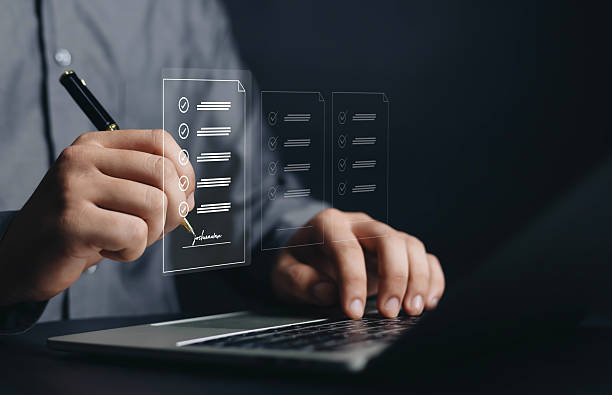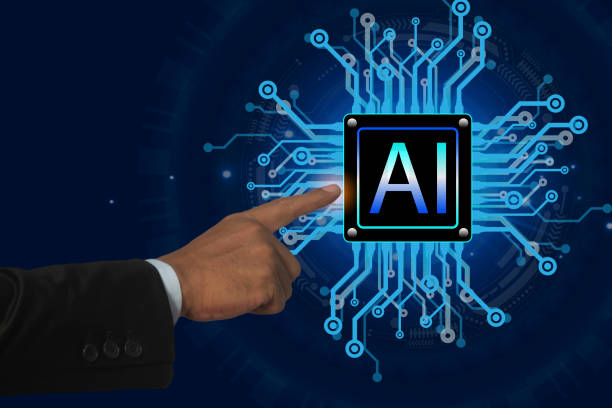What is On-Page SEO and Why is it Important?
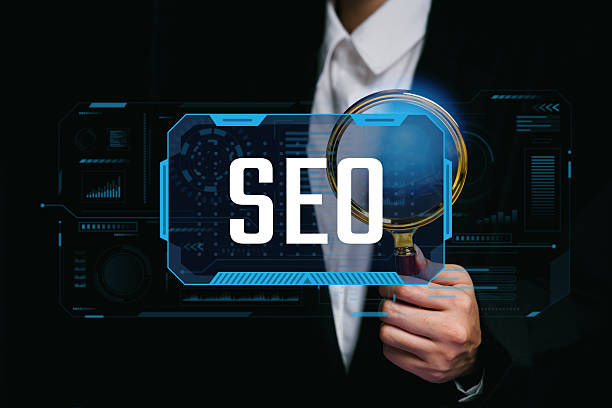
On-Page SEO refers to a set of actions you take within your website to improve its ranking and position in Google search results.
These actions include optimizing content, site structure, HTML tags, page loading speed, and many other factors.
On-Page SEO is of high importance because it helps search engines better understand your site’s content and recognize its relevance to user search queries.
By properly implementing On-Page SEO, the likelihood of your site appearing higher in search results and attracting more organic traffic increases.
The importance of On-Page SEO becomes clear when we know that many users search for the information and services they need through Google and other search engines.
Therefore, if your site is not visible in search results, you will miss a great opportunity to attract customers and increase sales.
To better understand On-Page SEO, it can be considered a fundamental basis for success in the online world.
Without a strong On-Page SEO strategy, your efforts in digital marketing may not achieve the desired results.
A strong On-Page SEO strategy helps you optimize your website in a way that is both attractive to search engines and provides a good user experience for users.
Read more about On-Page SEO on the Moz website.
Did you know that 85% of customers check your company’s website before any interaction?
With Rasaweb, build a corporate website that truly reflects your credibility.
✅ Increase customer credibility and trust
✅ Attract high-quality leads
⚡ Get free website design consultation
Keyword Research: The Starting Point of On-Page SEO

Keyword research is the first step in any successful On-Page SEO strategy.
This process involves identifying phrases and words that users utilize in search engines to find information and services related to your business.
By understanding these keywords, you can optimize your site’s content to rank higher in search results for these terms.
To conduct keyword research, you can use various tools such as Ahrefs, Moz Keyword Explorer, Google Keyword Planner, and Keywordtool.io.
These tools help you find keywords relevant to your business, analyze their search volume, and assess the competition for each keyword.
When selecting keywords, look for phrases that have a decent search volume but relatively less competition.
Also, pay attention to the diversity of keywords and try to use both short and long-tail keywords.
Using long-tail keywords can help you attract more targeted traffic to your site.
Remember that keyword research is an ongoing process, and you should regularly identify new keywords and add them to your On-Page SEO strategy.
Content Optimization: The Beating Heart of On-Page SEO
![]()
Content is king! This phrase has been repeated countless times in the world of SEO and still holds true.
High-quality and optimized content plays a vital role in the success of your On-Page SEO strategy.
Search engines look for content that is valuable, relevant, and unique.
Therefore, you should put all your efforts into producing high-quality and engaging content that meets users’ needs.
When producing content, pay attention to the following points
- Keyword Usage: Use keywords naturally and intelligently in your text.
Avoid excessive use of keywords, as this can lead to your site being penalized by search engines. - Engaging Titles: Use attractive and catchy titles for your content to grab users’ attention.
Your titles should provide a summary of your content. - Proper Structure: Divide your content into smaller sections and use headings and subheadings to organize it.
This makes your content more readable and understandable for users. - Images and Videos: Use images and videos to make your content more engaging.
Images and videos should be relevant to your text content and help in better understanding the material. - Internal and External Linking: Link to other pages on your site and other reputable sites.
Internal linking helps search engines better understand your site’s structure, and external linking helps increase your site’s credibility.
By following these tips, you can produce content that is both valuable to users and optimized for search engines.
| Element | Description |
|---|---|
| Title | Attractive title relevant to the main keyword |
| Meta Description | An engaging summary of the page’s content |
| Heading Tags (H1-H6) | Using heading tags to organize content |
| Image Alt Text | Brief description of the image content |
HTML Tag Optimization: The Most Important Tags in On-Page SEO
![]()
HTML tags play an important role in On-Page SEO.
These tags help search engines better understand your site’s content and recognize its relevance to user search queries.
The most important HTML tags that should be optimized include:
- Title Tag: This tag displays your page title in search results.
The title tag should be engaging, relevant to the page content, and include the main keyword. - Meta Description Tag: This tag shows a short description of your page content in search results.
The meta description tag should be engaging, relevant to the page content, and include the main keyword. - Heading Tags (H1-H6): These tags are used to organize the page content.
The H1 tag should be the main heading of the page, and other heading tags should be subheadings of the page. - Image Alt Text Tag: This tag is used to describe images.
The Alt Text tag should be relevant to the image content and help search engines understand the image.
By optimizing these tags, you can help search engines better understand your site’s content and improve your site’s ranking in search results.
Does your company’s website create a professional and lasting first impression in the minds of potential customers? Rasaweb, with its professional corporate website design, not only represents your brand’s credibility but also opens a path for your business growth.
✅ Create a powerful and reliable brand image
✅ Attract target customers and increase sales
⚡ Get free consultation
Optimized URL Structure: A Key Role in On-Page SEO
![]()
URL structure is another important factor in On-Page SEO.
Optimized URLs help search engines better understand your site’s structure and recognize the relationships between different pages on your site.
Optimized URLs should be short, descriptive, and include the main keyword.
Also, you should avoid using special characters and numbers in your URL.
For example, an optimized URL for a page about “On-Page SEO” could be example.com/seo-dakhli/.
By creating optimized URLs, you can help search engines better understand your site and improve your site’s ranking in search results.
Page Loading Speed: Direct Impact on User Experience and SEO
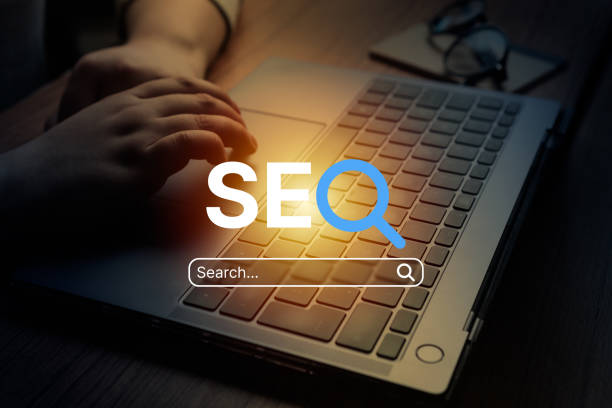
Page loading speed is one of the most important factors in user experience and On-Page SEO.
Users expect website pages to load quickly, and if a page takes more than a few seconds to load, the likelihood of the user leaving that page is very high.
Search engines also consider page loading speed as a ranking factor, and sites with higher loading speeds achieve better rankings in search results.
To increase your site’s page loading speed, you can use various methods such as optimizing images, using a CDN, enabling Gzip compression, and optimizing code.
Tools like Google PageSpeed Insights help you check your page loading speed and identify potential issues.
Responsive Design: An On-Page SEO Imperative in the Mobile World

With the increasing use of mobile devices to access the internet, Responsive Design has become a necessity for On-Page SEO.
Responsive design means that your website should be designed to automatically adapt to the screen size of various devices (mobile phone, tablet, laptop, etc.).
Search engines consider responsive design as a ranking factor, and sites with responsive design achieve better rankings in search results.
If your site does not have a responsive design, you should take action to rectify it as soon as possible to prevent a decline in your site’s ranking in search results.
Google officially recommends mobile-first indexing.
| Benefit | Description |
|---|---|
| Improved User Experience | Users will have an optimized experience on any device. |
| Improved SEO Ranking | Search engines prefer responsive websites. |
| Reduced Bounce Rate | Users spend more time on the site. |
| Increased Conversion Rate | Improved user experience leads to increased sales. |
Internal Linking: Creating a Strong Network on Your Site
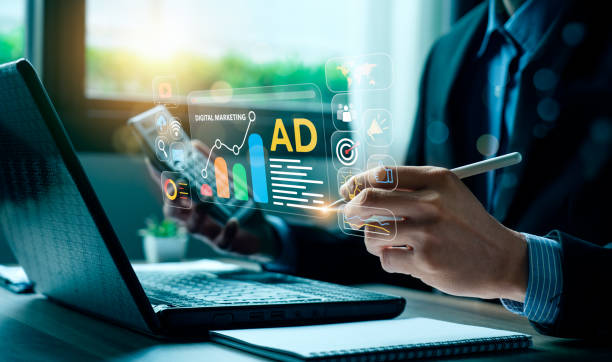
Internal linking means creating links between different pages on your site.
This helps search engines better understand your site’s structure and recognize the relationships between different pages on your site.
Internal linking also helps users easily navigate your site and find the information they need.
When performing internal linking, pay attention to the following points:
- Link to Relevant Pages: Link to pages that are relevant to the content of the current page.
- Use Appropriate Anchor Text: Use appropriate anchor text for your links.
The anchor text should be descriptive and relevant to the content of the page you are linking to. - Link to Important Pages: Link to important pages on your site to show search engines that these pages are of high importance.
By properly implementing internal linking, you can help search engines better understand your site and improve your site’s ranking in search results.
Internal linking is one of the most important aspects of On-Page SEO that is often overlooked.
Does your current site showcase your brand’s credibility as it should? Or does it drive potential customers away?
Rasaweb, with years of experience in professional corporate website design, is your comprehensive solution.
✅ A modern, beautiful website tailored to your brand identity
✅ Significant increase in lead generation and new customers
⚡ Contact Rasaweb now for a free corporate website design consultation!
Image Optimization: Reducing Size and Increasing Speed

Images play an important role in the attractiveness and better understanding of content, but large images can reduce your site’s page loading speed.
Reduced page loading speed can lead to a drop in your site’s search ranking and a decrease in user experience.
To prevent these issues, you should optimize your images.
Image optimization includes reducing image size, choosing the appropriate format (such as JPEG or PNG), and using proper Alt Text.
By optimizing images, you can increase your site’s page loading speed and improve user experience.
One useful tool for image optimization is TinyPNG.
Image optimization plays an important role in On-Page SEO.
Continuous Content Updates: The Key to Longevity in On-Page SEO
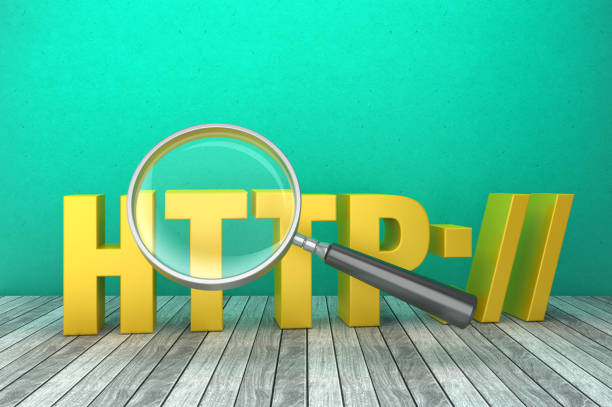
On-Page SEO is an ongoing process, and to maintain your site’s ranking in search results, you must regularly update your site’s content.
Updating content shows search engines that your site is active and dynamic, providing new and valuable information to users.
When updating content, pay attention to the following points:
- Add New Information: Add new information relevant to the page’s topic to your content.
- Correct Old Information: Correct outdated and inaccurate information.
- Improve Writing: Improve your content’s writing and avoid spelling and grammatical errors.
By continuously updating content, you can maintain your site’s ranking in search results and attract more organic traffic to your site.
Regular content updating is one of the key strategies in On-Page SEO that you should pay special attention to.
By properly implementing On-Page SEO, you can improve your site’s ranking in search results and attract more organic traffic to your site.
Remember that On-Page SEO is an ongoing process and should be regularly reviewed and updated.
This article was a guide for performing On-Page SEO.
Frequently Asked Questions
| Question | Answer |
|---|---|
| What is Meta Title and why is it important in On-Page SEO? | Meta Title is the most important On-Page SEO element displayed at the top of the browser tab and in search results. It helps search engines and users understand the main topic of the page and should include the main keyword. |
| What role does Meta Description play in On-Page SEO? | Meta Description is a brief summary of the page’s content displayed below the title in search results. Although it doesn’t directly affect ranking, its attractiveness can increase the click-through rate (CTR). |
| How should keywords be used in page content? | Keywords should be used naturally and relevantly in strategic locations such as the title, headings, first paragraph, and body text. Avoid keyword stuffing. |
| What is the importance of high-quality and comprehensive content in On-Page SEO? | High-quality, unique, informative, and comprehensive content that addresses user needs is of paramount importance. Search engines give higher rankings to content that provides real value. |
| What is the use of heading tags (H1-H6) in On-Page SEO structure? | Heading tags (H1, H2, H3, etc.) are used to structure content and indicate the importance of different sections. H1 is the main title of the page, and each page should have only one H1. Other tags are used for subheadings. |
| How to optimize images to improve On-Page SEO? | To optimize images, use descriptive Alt Text that includes relevant keywords, reduce the image file size without compromising quality, and use meaningful and relevant file names. |
| What are the characteristics of an SEO-friendly URL? | An SEO-friendly URL should be short, readable, descriptive, include the main keywords, and be free of unnecessary characters. The URL structure should be hierarchical and logical to be understandable for both users and search engines. |
| How does Internal Linking help On-Page SEO? | Internal linking, by connecting relevant pages, helps users and search engine crawlers better understand the site structure, transfer page authority, and increase user time on the site. |
| What is the impact of page loading speed on On-Page SEO? | High page loading speed is crucial for both user experience and SEO ranking. Slower pages may be ignored by search engines and lead to an increased bounce rate. |
| Why is Mobile-Friendliness highly important in On-Page SEO? | Given the increasing number of searches via mobile devices, having a responsive and mobile-friendly site is essential for user experience and ranking in search results (Google’s mobile-first indexing). |
And other services of Rasaweb Advertising Agency in the field of advertising
- Smart Reportage: A creative platform to improve website traffic with marketing automation.
- Smart Brand Identity: An effective tool for attracting customers with the help of SEO-driven content strategy.
- Smart Social Media: A dedicated service for growth in sales based on precise audience targeting.
- Smart Reportage: Revolutionize sales growth with the help of intelligent data analysis.
- Smart SEO: Designed for businesses looking to increase click-through rates through marketing automation.
And over a hundred other services in the field of internet advertising, advertising consultation, and organizational solutions
Internet Advertising | Advertising Strategy | Advertorials
Resources
On-Page SEO Tutorial on AparatOn-Page SEO Checklist on SeokarComplete Guide to On-Page SEO on IranianSEOWhat is On-Page SEO?
? For your business to leap forward in the digital world and achieve pinnacles of success, Rasaweb Afarin Digital Marketing Agency, specializing in user-friendly website design and innovative online strategies, is your comprehensive solution.
📍 Tehran, Mirdamad Street, next to Bank Markazi, Kazerun Jonubi Alley, Ramin Alley, No. 6

